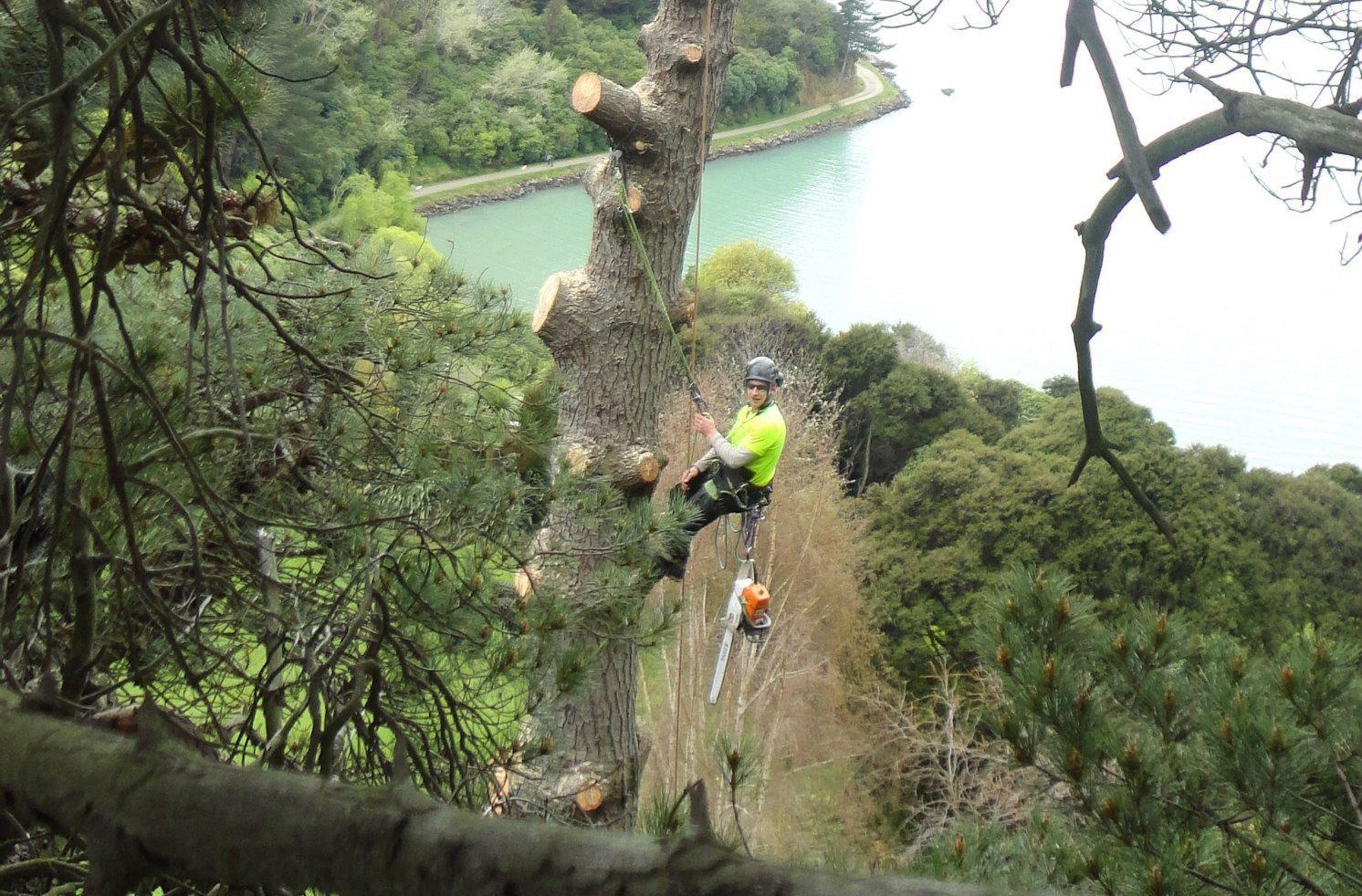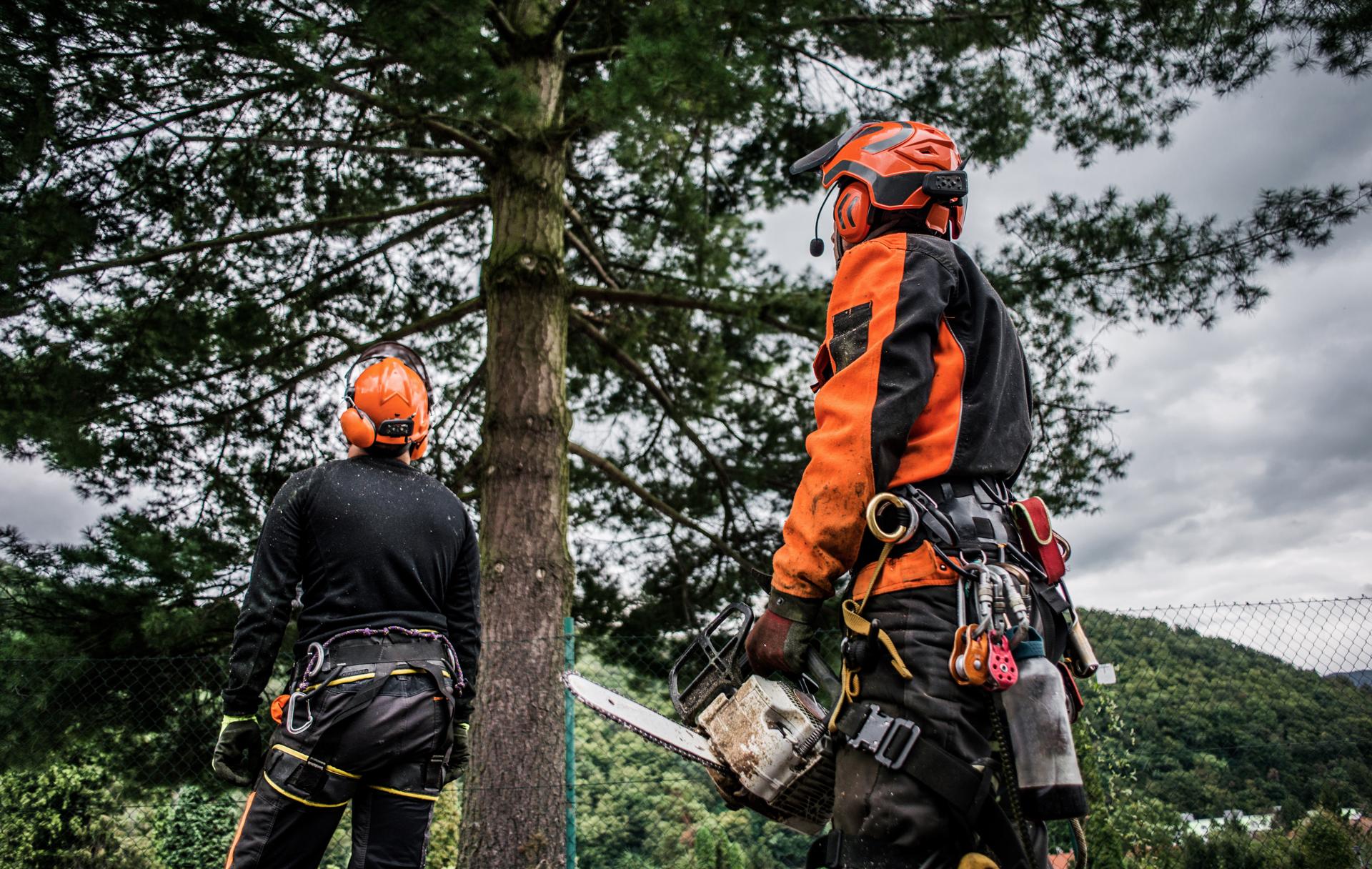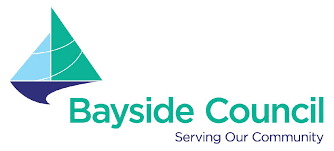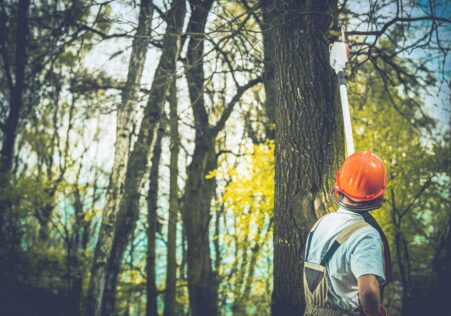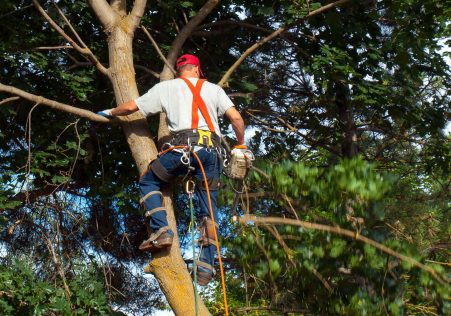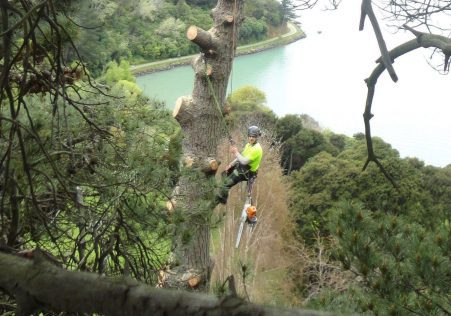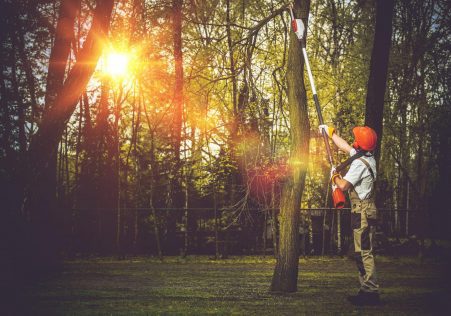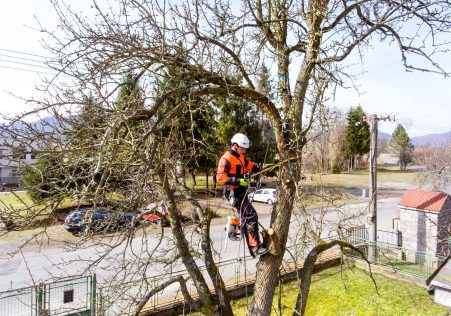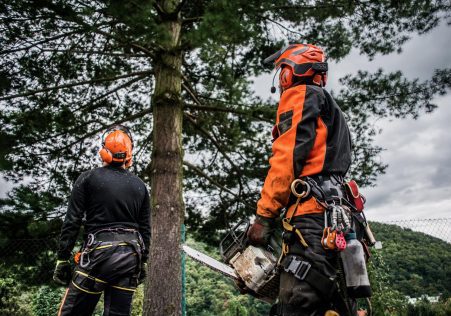Tree Cutting 101: How to Determine When to Cut Down a Tree
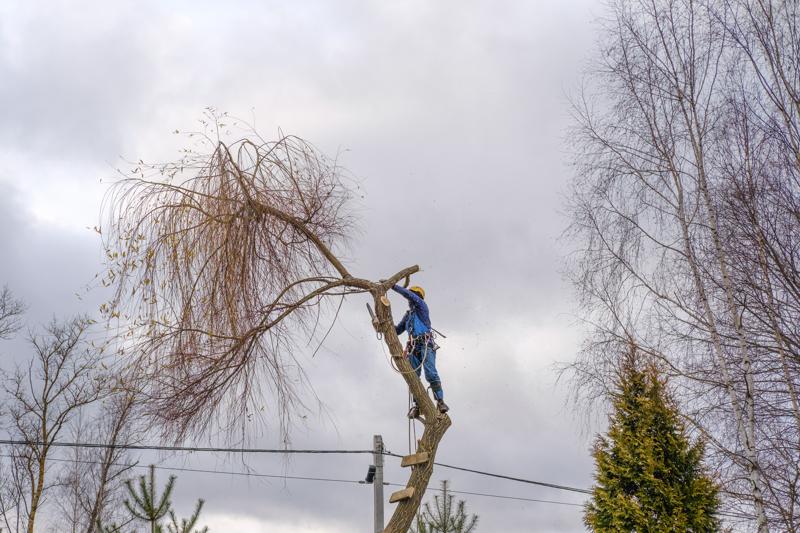
Tree removal is a complex and potentially hazardous task. If a tree is dying or diseased or is at risk to fall, the tree may require removal in order to protect the property and to make sure that the tree is safe. But how can you tell if a tree needs to be removed? We’ll walk you through the signs to look out to and assist you figure out when it’s time to call in the professionals.
Dead or dying trees
One of the evident signs that a plant should be removed is if it’s dying or dead. Dead trees lack leaves and may appear lifeless. If a tree doesn’t have leaves or signs of growth, it’s likely dead. In addition, the bark of a dead tree could be cracked, dry, or peeling.
Trees with diseases
Diseased trees could pose a danger to the other plants and trees within the vicinity. The most common signs of disease for trees include yellowing leaves, wilted branches, and the growth of mushrooms at the root or the trunk. If you think your tree is suffering from disease it is important to get it checked by a professional arborist.
Leaning Trees
TreesLeaning trees towards one side could be a sign of a failing root structure, and the tree could be at risk of falling. To identify if a leaning tree is a danger, look for cracks or breaks in the trunk and look into the soil at the tree’s base. If you spot any of these signs you should get the tree examined by an arborist.
Overhanging Branches
Overhanging branches of trees which are located close to buildings or power lines can pose a risk to safety and property. If you’re concerned about branches hanging overhanging you should have the tree evaluated by an arborist who can determine if pruning or removal is necessary.
FAQs
What can I do to tell if a tree is dead?
A tree is considered to be dead if it is without leaves and shows no signs of growth. Additionally, the bark of dead trees could be cracked, dry or peeling.
What are the signs of a tree that is diseased?
Common signs of illness in trees are yellowing leaves, wilted branches, and mushroom growth at the bottom of the tree.
Is it safe to take down an entire tree on your own?
Tree removal is a complex and possibly dangerous job. It’s best to leave it to the experts to protect yourself and others.
Conclusion
When you’re dealing with tree removal, it’s important to be aware of the indications that a tree requires to be removed. When you’re aware of signs of dead or dying trees, sick trees, leaning trees, and overhanging branches and overhanging branches, you can take the necessary steps to ensure the safety of your property and the people who live around you. If you think that a tree on your property requires removal do not hesitate to call Penrith Aborist for a professional review. Our arborists with years of experience have the experience and equipment to meet the tree removal requirements. Don’t take any chances with your safety. If you suspect that the tree that is on your property needs to be removed, please contact Penrith Aborist today for a expert assessment. Our expert arborists will give you peace of mind that comes from knowing your property is in safe in the hands of our experts. Contact us today by dialing 0480 024 267 to schedule an appointment.

